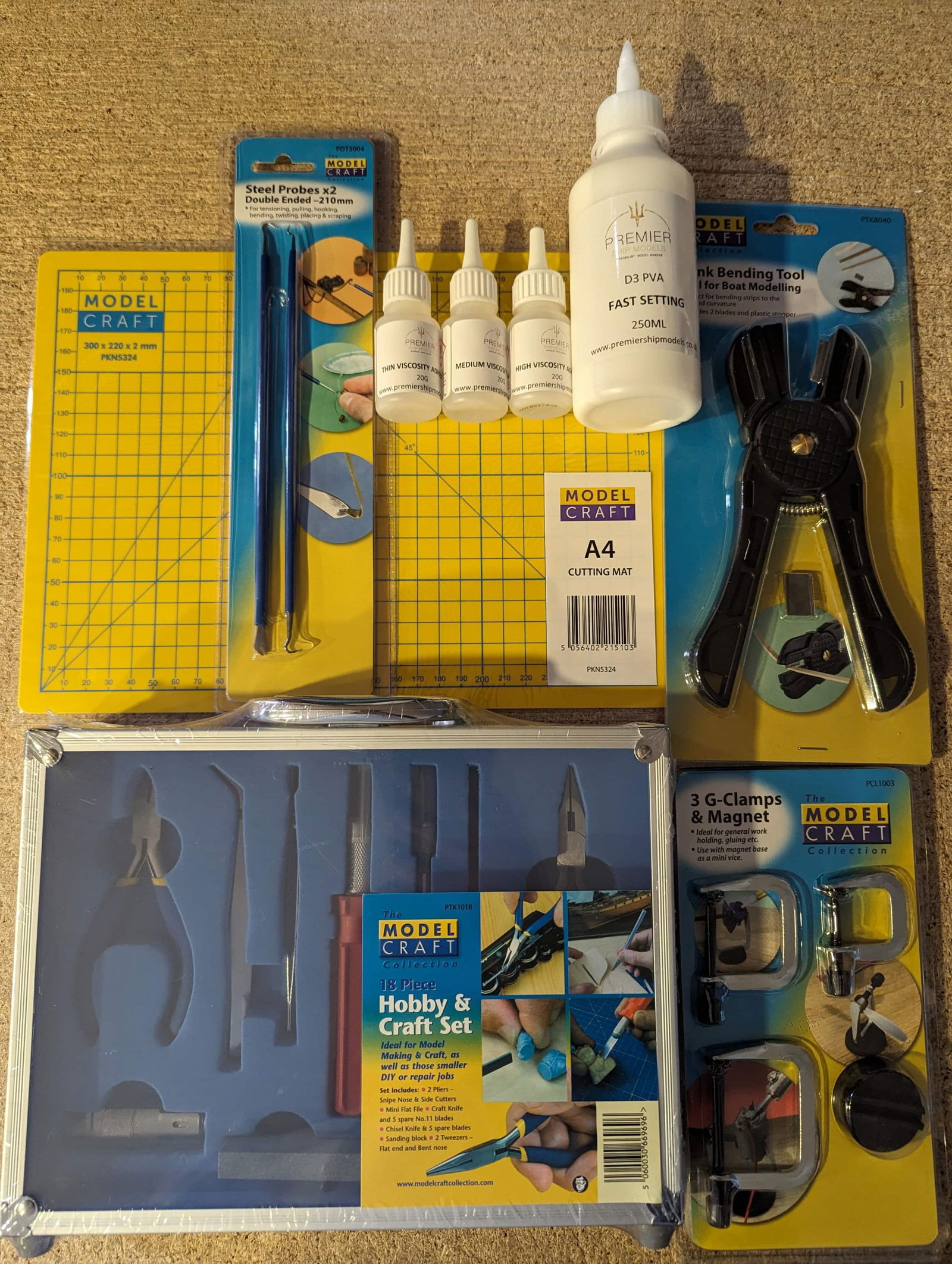Ranging from 15th Century explorers to 1950’s Hollywood celebrities, people have been crossing the Atlantic Ocean throughout moden history . Despite living nearly 600 years apart, they all share this in common. From Christopher Columbus to the Concorde, many people have made it across the Atlantic. This week we discuss the importance of transatlantic crossings and those whom have made the journey the fastest.
The importance of transatlantic crossings
It is difficult to imagine how different our world would be had Christopher Columbus never made the journey across the Atlantic and spotted The New World for the first time.
Perhaps there would be English speaking Argentinians or Spanish speaking North Americans. It is clear that the earliest voyage known to us across the Atlantic has had a very significant impact on the development of our civilization.
Middle of the Atlantic Ocean
On some level, every voyage made across the Atlantic is significant. From cargo ships to ocean liners, every journey across the Atlantic marks this ocean as an important part of the character of our civilization.
In this sense, it is not a question of how fast these voyages are made. Despite this, it is important to recognise how far we have come in terms of the development of transatlantic travel. It is interesting to look at the speeds in which this deep blue landscape can be traversed.
West to east or east to west?
It may seem obvious to some but the importance of this factor cannot be overlooked. When travelling from West to East, for example from New York to Portsmouth, it is slightly quicker than when travelling in the opposite way.
This is because when travelling from the East to the West or from Portsmouth to New York, the ship is travelling against the current of the ocean. This current is created by prevailing westerlies which are winds created by high pressure areas in both of the poles. The map below explains it in a clearer way.
SOURCE: http://victoriastaffordapsychicinvestigation.files.wordpress.com
It is factors such as these that air travel is not affected by but sea travel is, which is why it was an important thing to mention before looking at the speed of certain vessels across the Atlantic.
1. Fastest ocean liner
Name: United States
Route: Eastbound, Ambrose Channel, Lower New York Bay to Bishop Rock, Isles of Scilly (see map).
SOURCE: Google Maps
Distance: 2,490 nautical miles
Year: 1952
Average Speed: 35.59 knots or 65.91 km/h
Time: 3 days, 10 hours, 40 minutes
The United States was a luxury liner originally built for the purpose of carrying troops. She also holds the transatlantic record for the fastest westbound crossing, which she completed in 3 days, 12 hours, and 12 minutes.
SS United States, SOURCE: Daily Mail
Despite being the fastest, she is by no means one of the better known ocean liners. In comparison, RMS Queen Mary which is an ocean liner that is considerably more famous completed the eastbound voyage in 3 days, 20 hours and 42 minutes. If you would like to know more about the RMS Queen Mary then check out last week’s blog here.
2. Fastest sailing boat
Name: Banque Populaire V
Route: Eastbound, Ambrose Channel, Lower New York Bay to Ushant, France (See map).
SOURCE: Google Maps
Distance: 2,880 nautical miles
Year: 2009
Average Speed: 32.94 knots or 61 km/h
Time: 3 days, 15 hours, 25 minutes, 41 seconds
The Banque Populaire V is the name of the sailing boat that successfully completed this record. It was crewed by a team of 14 and led by skipper Pascal Bidegorry. The boat was designed for the purpose of breaking oceanic records and was launched in in 2008. She is 40 metres or 130 feet in length.
Banque Populaire V, SOURCE: ladepeche.fr
On the other hand, the fastest single-handed trip in a sailing boat was completed by Francis Joyon in 8 days, 16 hours, 7 minutes and 5 seconds.
3. Fastest rowing boat
Name: Soma
Route: Westbound, La Gomera to Barbados (See map).
SOURCE: Google Maps
Distance: 2,527 nautical miles
Year: 2013
Average Speed: 4.5 knots or 8 km/h
Time: 35 days, 0 hours and 33 minutes
This is the fastest single-handed transatlantic crossing in a rowing boat and was completed by Charlie Pitcher in 2013. The boat is 460kg in weight and 6.5 metres long. Charlie Pitcher is 50 years old and a father of four which makes his achievement even more outstanding.
Soma, SOURCE: www.oceanrowing.com
Today
The above records show that transatlantic travel by boat is becoming increasingly quicker. It is fascinating to see the extent to which our technology has developed and how it is now so easy to cross this vast ocean in such a short space of time.
From Christopher Columbus first crossing this ocean over 500 years ago to the records that have been set above, we have come a long way. Transatlantic travel is so important to the connectivity of our modern world and therefore we applaud the people above who have strived to complete the journey as quickly as possible.
Let us know what you think below about where transatlantic travel is going in the future and how important its development is.
Customer Reviews
Trustindex verifies that the original source of the review is Google. Model was as advertised and prompt deliveryTrustindex verifies that the original source of the review is Google. Absolutely incredible model. Was given as a gift and the recipient has enjoyed building it.Trustindex verifies that the original source of the review is Google. Wonderful historic ship models with high quality design and materials. My one complaint is that the instructions can be too brief and obscure. For instance, in the Chinese Junk model, there was no indication on how to affix the sail battens to the sails. By improvisation, I used needle and thread plus lots of glue. Clearer instruction would help.Trustindex verifies that the original source of the review is Google. Purchased one of the expert build models. Have been working on it in spare time for about 6 months. The hull is almost complete. The material is spot on with specs, Quality material, laser cut and accurate. Definitely an expert project but well worth it and the time.Trustindex verifies that the original source of the review is Google. The model was as advertised, and was received with other tools ordered at the same time. Very happy with all the products & the service.Trustindex verifies that the original source of the review is Google. Great model and really good to buildTrustindex verifies that the original source of the review is Google. I'm 7 months into building a FIFIE and have a few weeks to go. instructions are mostly clear and drawings are accurate. I think I would like to add a motor but failed in the contact to enable it. It's me ,.I know. ! The buying experience and model parts are excellent although I've had to adapt some to make the model both look better and fit better. I'll buy another model boat later this year.Trustindex verifies that the original source of the review is Google. Superb model building kit of the Vasa supplied. Unfortunately much of the parts and instructions in Swedish. Nevertheless wonderful boat kit.Trustindex verifies that the original source of the review is Google. I recently purchased the Prosperity FPSO model from Premiership Models, and overall, it has been an impressive retirement gift for a colleague The attention to detail in this model is outstanding. The intricate elements like the helideck, cranes, piping, and storage tanks are meticulously crafted and look very realistic. The materials used, feel solid and high-quality and the finish is smooth, and the paintwork is clean and vibrant, without any smudging or uneven areas This model perfectly captures the scale and proportions of the real Prosperity FPSO. The overall layout of key components such as the flare tower, lifeboats, and mooring systems is accurate when compared to reference images of the actual vessel. It really feels like a scaled-down version of the real thing, with remarkable attention to realism. Given the quality of craftsmanship and the accuracy of the model, I believe this was a great value for the price. It’s clear a lot of work went into creating this piece, and it shows in the final product. For anyone who is a fan of maritime models or specifically looking for an FPSO, this is a worthy investment. Premiership Models provided excellent customer service throughout the process. My inquiries about the delivery timeline were answered promptly, and the model arrived on time as promised. They were professional and helpful, making the overall purchase experience smooth and stress-free. The model was packed very securely, with layers of protective material ensuring it arrived in perfect condition. I am also a collector of model ships especially LNG tankers and FPSO’s and bought models from all over the world and would highly recommend Premier Ships to maritime enthusiasts. In conclusion, the Prosperity FPSO model from Premiership Models is a beautifully crafted piece that is both accurate and visually striking and offers great value for the money.Trustindex verifies that the original source of the review is Google. Building the HMS Victory has been a great way experience and challenge. Looking forward to completion and seeing it sitting proudly in its display.
Information


My account
Legal


Follow Us
Follow us to keep up-to-date using our social networks

Copyright © 2025. Premier Ship Models. All Rights Reserved.





